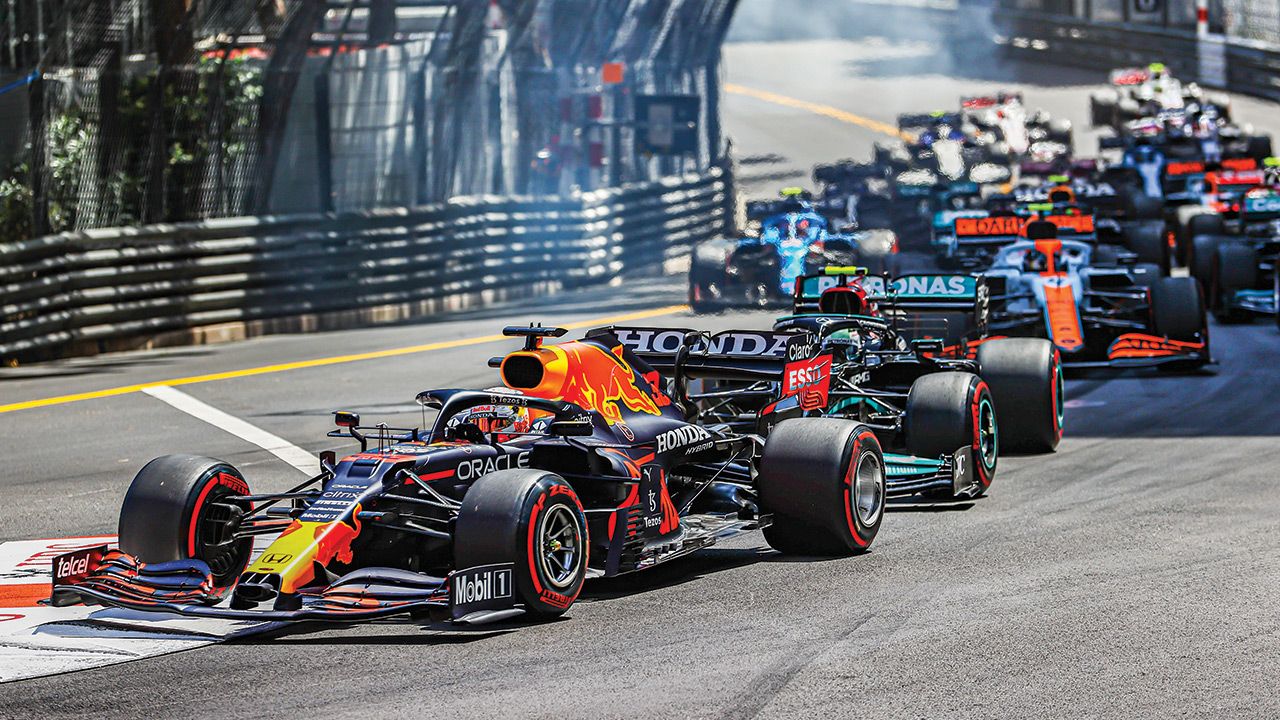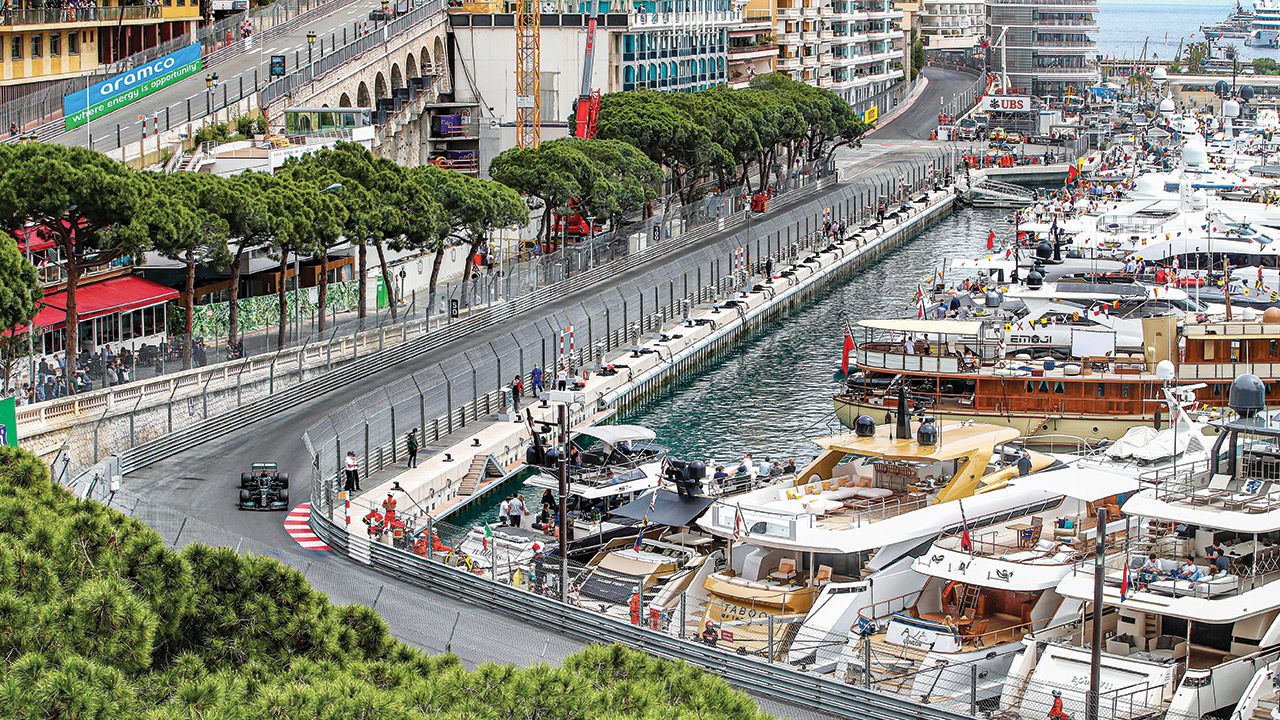
As Joe prepares for his 600th Grand Prix, he realises that in F1 – as in life – change is the only constant.
The thing I love most about Formula 1 – and I love many things – is that it’s ever-changing. Nothing remains the same for very long. In fact, I think the oldest thing in the sport these days, apart from the brands and the circuits, are the journalists – who have been around a long time. I will soon celebrate (or at least acknowledge…) my 600th Grand Prix, which is rather scary when one considers that there have only been something like 1,050 races, which means that I have attended and reported on about 57% of all of the races in the history of the World Championship.
How is that even possible, given that there were 11 years of F1 races before I was even born?
The sport has taken me all over the world and continues to introduce me to new venues. In the months ahead there will be two new venues – in Qatar and Miami. I know the latter from various visits, but the former will be new to me – and I’m interested to discover the country. I expect to be going to Qatar for at least the next 10 years – if I make it! The Qataris are keen to get hold of a sporting event with global market penetration, to follow the FIFA World Cup, which is keeping the country in the news at the moment.
The facility at Losail was built for motorcycle racing, but, with a few modifications, it will work for Formula 1 as well – although it’s not expected to draw a huge crowd. The race needs to be relatively early or late in the year because of the high temperatures experienced in the summer months, when the averages can get into the 40s (degrees C). The geographical location is good for the coverage of Formula 1 races, as a race at 9 pm means early afternoon in the United States. It is for this reason that the track was originally fitted with floodlights, and the track hosted the first MotoGP night race as long ago as March 2008 – a few months before the first F1 night race in Singapore.
The track is not often used for international car races, but back in 2009, it hosted a floodlit GP2 Asia race. The advantages of racing at night are numerous, in addition to the TV scheduling and the cooler evening temperatures, it means that the locals can also attend, as the Islamic weekend is usually Friday and Saturday and so many people are at work on Sundays and cannot attend afternoon races. Floodlighting also helps a desert racetrack look more attractive, as the light patterns provide spectacular imagery when compared to shots of dusty desert.
At the same time, F1 is heading towards yet another new concept – a night race that will be held in daylight! The new Russian Grand Prix venue near St Petersburg provides some interesting possibilities, as the race will have to be held in the summer – because of low temperatures at other times of year – and when the weather is warm, there is also the strange phenomenon of the so-called White Nights, or Belye Nochi (Белые ночи) in Russian. These occur during June when the sun never goes below the horizon because of the high latitude, and so night and day become indistinguishable. That would be a great novelty for the sport and would fit neatly in with the US, which of course is the primary target audience for the sport at the moment.
The demand for F1 races is such that race promoters need to offer more and more to win a slot on the calendar. This has even affected the Monaco GP, which began in 1929. Next year, Monaco will be held over three days for the first time, rather than over the traditional four days. This is one of those quirks one finds in sport and goes right back to the first race, which was held on the annual Ascension Day festival, which is a public holiday in France. Ascension Day is always a Thursday – it is the 40th day after Easter – which is why Monaco always used to move around on the calendar. This caused problems and F1 eventually convinced the Monegasques to detach the race from the Christian festival and move away from the holiday weekend, as the race is such a big draw that it did not need to be linked to the holiday weekend. But Monaco kept the four-day format, mainly because it gave the local hoteliers the opportunity to charge exorbitant five-night minimum stays and all the other service industries around the Grand Prix, notably restaurants were able to make more money. But, next year, Thursday practice at Monaco is finally going to be stopped, with the race switching to a schedule similar to all the other races – on the basis that, if Monaco starts on the Friday, it is possible to have another race the previous weekend. The downside of downsizing is that race promoters will be less willing to pay the race fees because the economic impact of a race on the region will be reduced, and thus it will be harder to argue for public money. However, such is the demand for F1 races at the moment that those who want a race must expect to pay more than previously and accept terms that are less favourable. The most likely scenario, therefore, is that the Spanish GP will be on the weekend before Monaco, as this is a less difficult journey than some other events, with the two cities being only 400 miles apart…
I still believe that there is a lot more to come – and I’m looking forward to being a part of it – and increasing that daft statistic of the percentage of total F1 races that I’ve attended…
Joe Saward has been covering Formula 1 full-time for over 30 years. He has not missed a race since 1988.
Read more:
























Write your Comment